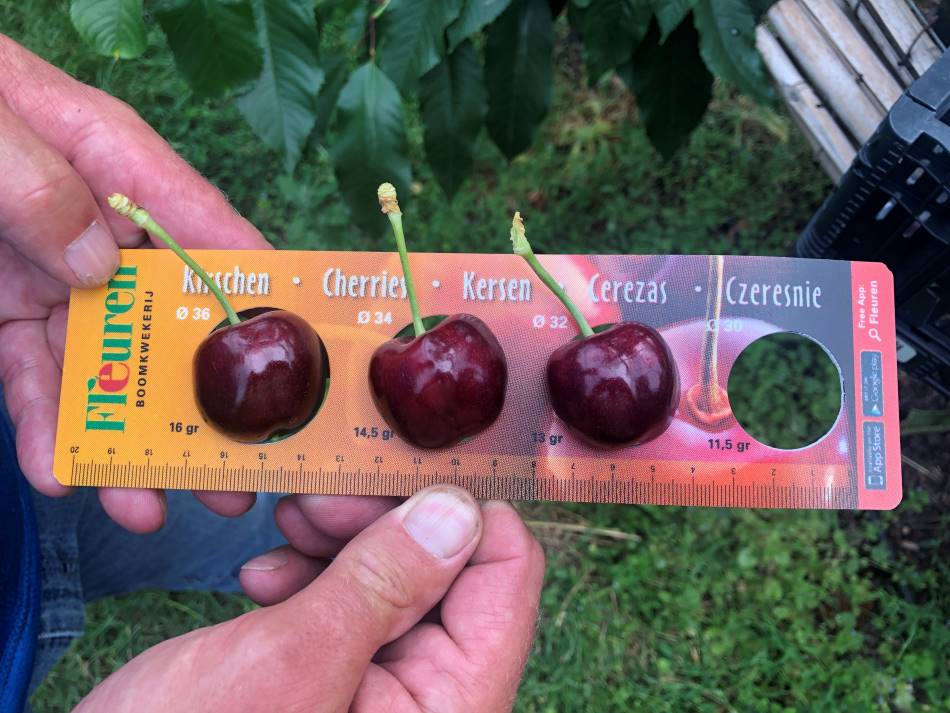Water management in agriculture is a crucial challenge, made even more difficult by climate changes. Extended periods of drought put crops under great strain, making it increasingly important to optimize water use. This is especially true for trees, like sweet cherry, which are perennial crops that require careful water management to ensure both production and plant health through years. A recent study conducted in Spain analyzed new methods to monitor the plants water status by using trunk diameter fluctuations as indicators of water stress.
The study used sensors to monitor trunk diameter variations (dendrometers) in “Lapins” cherry trees, comparing various indices derived from these data with the traditional stem water potential, considered one of the most reliable indicators of plant water stress. The four main indices analyzed were: maximum daily trunk shrinkage (MDS), trunk growth rate (TGR), early daily trunk shrinkage (EDS), and late daily trunk shrinkage (LDS).
These parameters were monitored over two growing seasons, with the sweet cherry trees subjected to different irrigation regimes: one ensuring optimal water conditions (115% ETc) and another involving deficit irrigation to generate water stress conditions.
The results showed that some indices, particularly EDS and MDS, were highly correlated with stem water potential. Therefore, these parameters can provide useful and timely information on plants water status. MDS showed a linear correlation with stem water potential up to a value of -1.4 MPa, while further decreases did not necessarily lead to an increase in MDS. On the other hand, EDS exhibited a more reliable relationship under more severe water stress conditions, becoming non-linear only at -1.8 MPa, suggesting that it may be a more sensitive indicator in cases of intense water stress.
The trunk growth rate (TGR) and late daily shrinkage (LDS) indices were found to be more variable and did not provide clear information on plant water status. However, by combining the daily information from MDS and EDS with their respective frequency of variation, it was possible to obtain useful data for irrigation management. During periods of acute water stress, the frequency of MDS and EDS dropped sharply from 85% to 35%, clearly indicating the onset of stress conditions.
The study concluded that the combined use of various indices derived from trunk diameter variations can be a powerful tool for improving water management in sweet cherry. In particular, the ability to promptly detect water stress through maximum daily trunk shrinkage (MDS) and
early daily shrinkage (EDS) indices could allow to optimize water use, while simultaneously improving fruit yield and quality.
These results offer new perspectives for automating irrigation systems, contributing to more sustainable management of water resources. The introduction of sensors, such as dendrometers, that continuously monitor trunk diameter, enables real-time data collection and decision-making based on objective indicators of plant status, minimizing water waste and safeguarding production even under changing climatic conditions.
Source: Blaya-Ros, P. J., Blanco, V., Torres-Sánchez, R., Soto-Valles, F., Espósito, M. E., & Domingo, R. (2024). Assessment of Trunk Diameter Fluctuation-Derived Indices for Detecting Water Stress in Sweet Cherry Trees. Water, 16(15), 2186. https://doi.org/10.3390/w16152186.
Image: SL Fruit Service
Andrea Giovannini
University of Bologna (IT)
Cherry Times - All rights reserved












